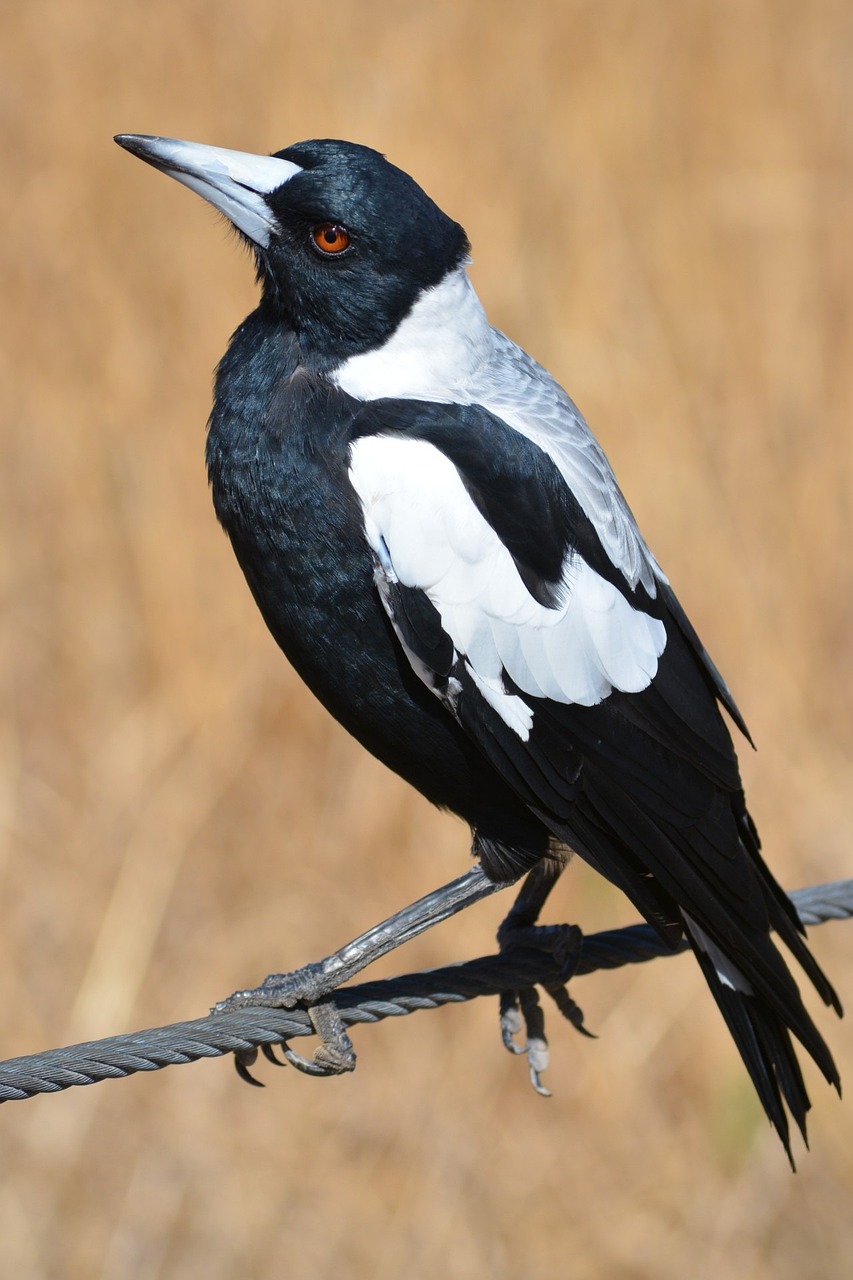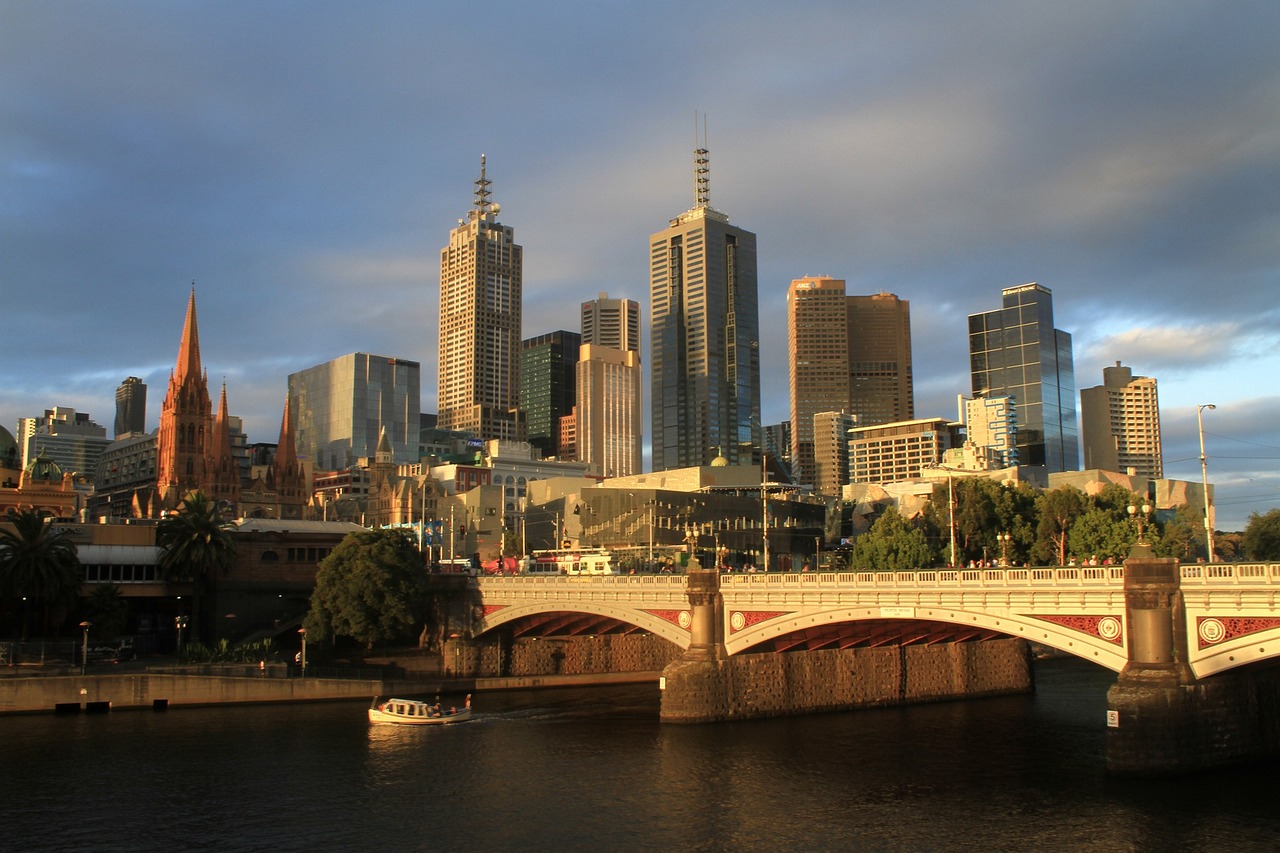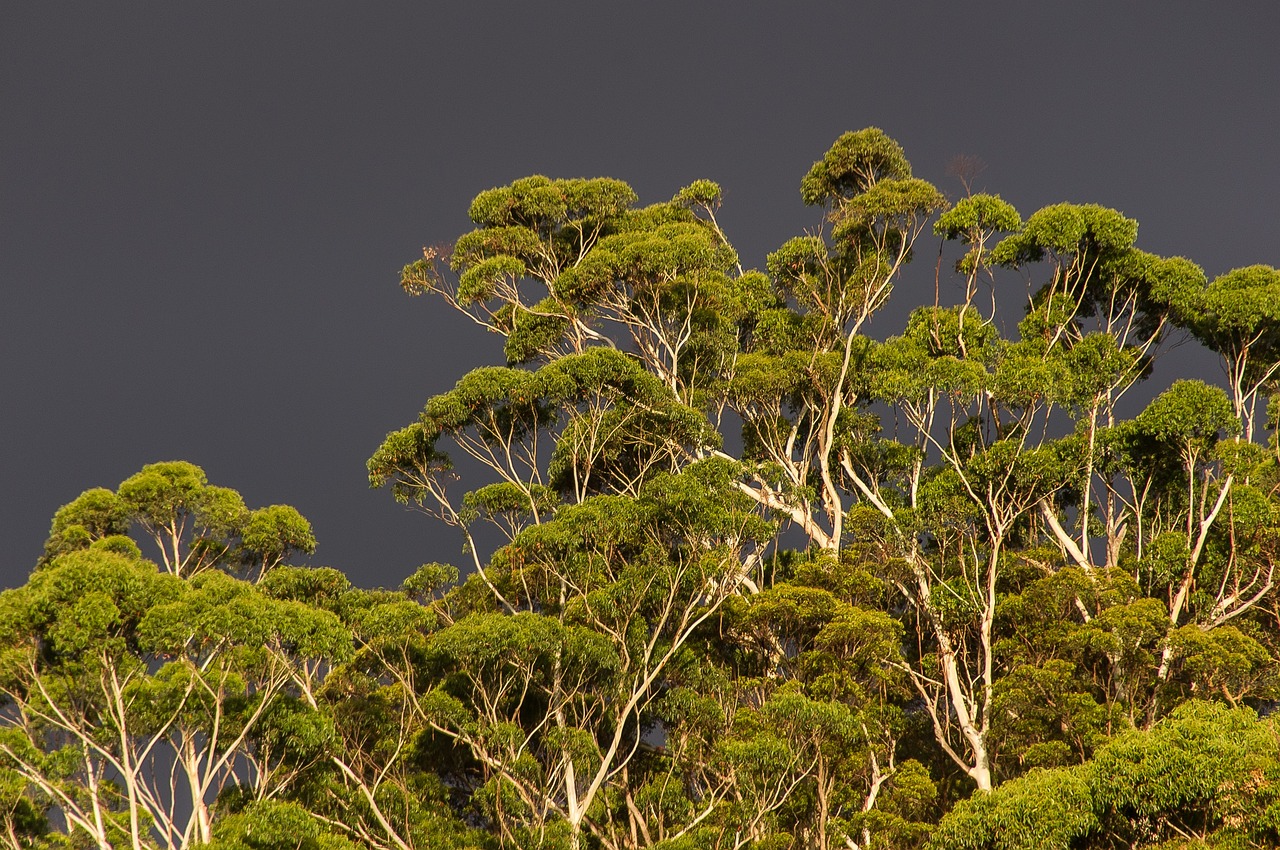Australia Video
Weathering Australia: Seasonal Changes and What to Expect
Australia is a vast and diverse country that experiences a wide range of weather patterns throughout the year. From scorching summers to mild winters, the climate in Australia varies significantly depending on the region. In this article, we will explore the seasonal changes and what to expect in terms of weather across the country.
Summer
Australia’s summer season typically lasts from December to February. During this time, the weather can be extremely hot, especially in the northern parts of the country. The average temperature ranges from 25 to 35 degrees Celsius (77 to 95 degrees Fahrenheit). Here are some key features of the Australian summer:
- Intense Heatwaves: Heatwaves are common during the summer months, with temperatures often exceeding 40 degrees Celsius (104 degrees Fahrenheit) in some areas. It is important to stay hydrated and seek shade during these periods.
- Beach Culture: Australians love spending time at the beach during summer. Coastal areas are bustling with tourists and locals enjoying the sun, surf, and sand.
- Bushfire Season: Summer is also the peak of bushfire season in Australia. Dry and hot conditions increase the risk of wildfires, especially in the southern parts of the country.
- Tropical Cyclones: Northern Australia experiences tropical cyclones during the summer months. These powerful storms can bring heavy rainfall, strong winds, and flooding.
Autumn
Autumn in Australia lasts from March to May and is characterized by milder temperatures and changing foliage. Here’s what you can expect during this season:
- Mild Temperatures: Autumn brings cooler temperatures compared to summer, with average highs ranging from 20 to 25 degrees Celsius (68 to 77 degrees Fahrenheit).
- Changing Colors: In some regions, especially in the southern parts of Australia, the leaves of deciduous trees change colors, creating a beautiful autumn foliage.
- Less Rainfall: Autumn is generally a drier season compared to summer, although rainfall can still occur in some areas.
- Harvest Season: Autumn is the time for harvest in many agricultural regions of Australia. Farmers gather their crops, and local produce is abundant in markets.
Winter
Winter in Australia spans from June to August and brings cooler temperatures across most of the country. Here’s what you can expect during the winter season:
- Cool Temperatures: Winter temperatures can vary depending on the region, but average highs range from 10 to 20 degrees Celsius (50 to 68 degrees Fahrenheit).
- Snowfall: While Australia is not typically associated with snow, some mountainous regions, such as the Snowy Mountains in New South Wales and the Victorian Alps, experience snowfall during winter.
- Clear Skies: Winter often brings clear skies and sunny days in many parts of Australia, making it a great time for outdoor activities such as hiking and exploring national parks.
- Whale Watching: Winter is the prime season for whale watching along the Australian coast. Humpback and southern right whales migrate along the eastern and southern coastlines, providing a spectacular sight for nature enthusiasts.
Spring
Spring in Australia lasts from September to November and marks the transition from winter to summer. Here’s what you can expect during this season:
- Warmer Temperatures: Spring brings milder temperatures, with average highs ranging from 15 to 25 degrees Celsius (59 to 77 degrees Fahrenheit).
- Floral Blooms: Spring is a vibrant season in Australia, with native flora and gardens bursting into bloom. Colorful wildflowers can be found in various regions, including Western Australia.
- Rainfall: Spring is typically a wetter season compared to winter, with increased rainfall in many parts of the country.
- Outdoor Festivals: Spring is a popular time for outdoor festivals and events in Australia. From food and wine festivals to music and cultural celebrations, there is something for everyone.
Australia Image 1: 
Australia Image 2: 
Australia Image 3: 
Conclusion
Australia’s diverse climate offers a range of experiences throughout the year. From scorching summers and mild winters to colorful autumns and blooming springs, each season brings its own unique charm. It is essential to be prepared for the weather conditions when visiting or living in Australia, as they can vary greatly depending on the region and time of year.
References
– Bureau of Meteorology: www.bom.gov.au
– Tourism Australia: www.australia.com
– Australian Government – Department of Agriculture, Water and the Environment: www.awe.gov.au


